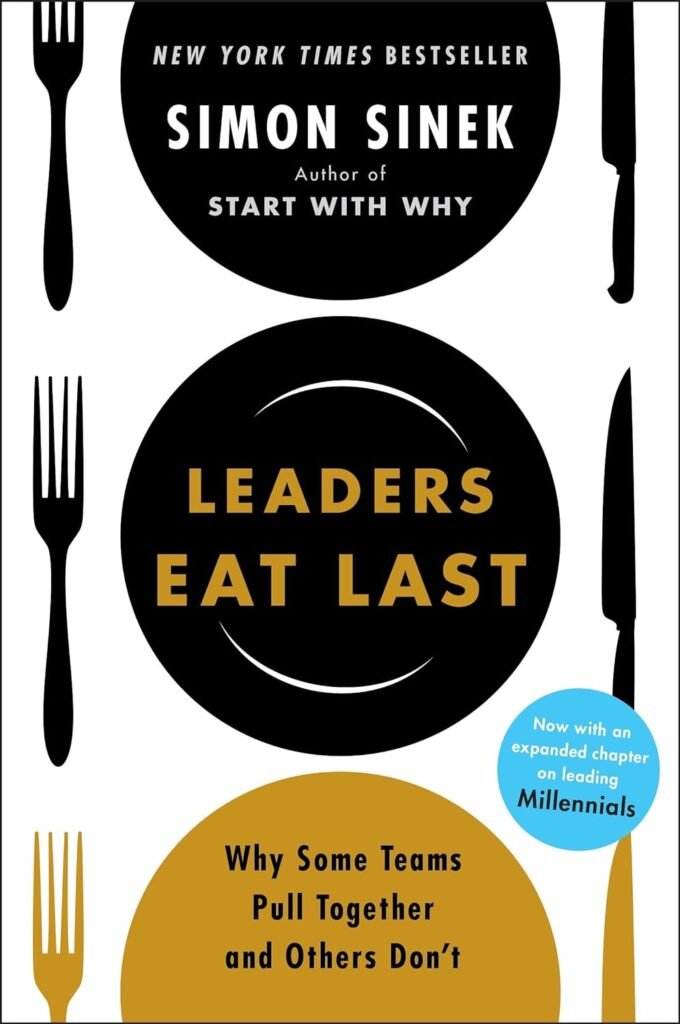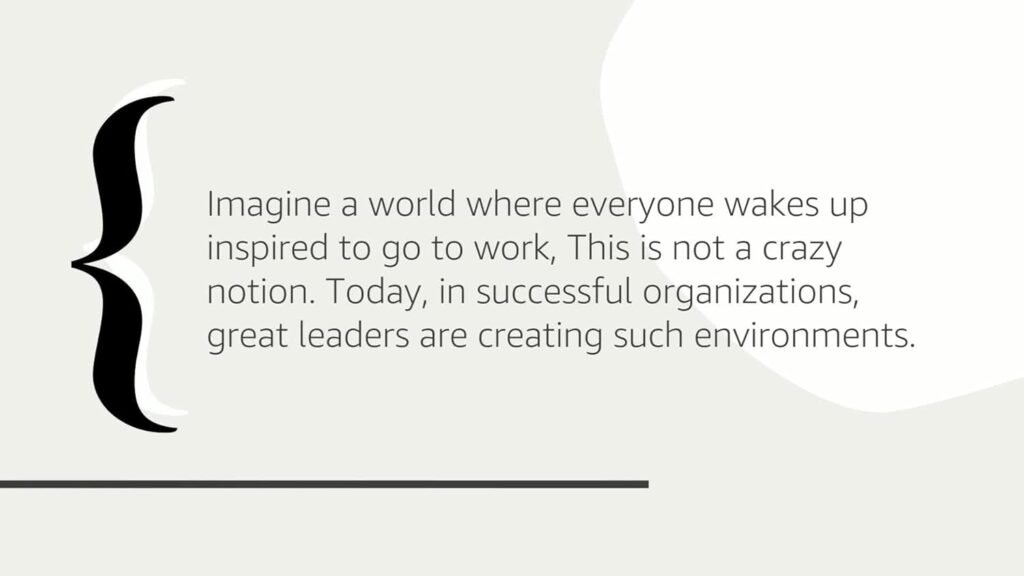Do you ever wonder why some teams succeed brilliantly while others falter despite having similar resources and talent? If so, “Leaders Eat Last: Why Some Teams Pull Together and Others Don’t” by Simon Sinek is a book you should consider. The paperback edition, released on May 23, 2017, delves into the dynamics of team success, explaining why some teams work seamlessly together while others struggle. With its engaging style and wealth of insights, this book belongs in the hands of anyone invested in leadership and team dynamics.

Overview of Leaders Eat Last
About the Author
Simon Sinek is a leadership expert known for challenging the status quo. His popular TED Talk, “How Great Leaders Inspire Action,” has millions of views and emphasizes his cornerstone philosophy that people and organizations should start with “why.” In “Leaders Eat Last,” Sinek continues to explore themes of leadership, diving into biological and anthropological insights that explain human behavior within organizations.
Core Thesis
The central premise of “Leaders Eat Last” revolves around the idea that leadership is not about being in charge but about taking care of those in your charge. Sinek argues that great leaders create environments where people feel safe and motivated to contribute their best work. When leaders sacrifice their own comfort for the benefit of their teams, they cultivate a culture of trust and cooperation.
Key Concepts
Here’s a quick overview of the vital concepts discussed in the book:
| Concept | Explanation |
|---|---|
| Circle of Safety | A trusted environment where employees feel secure and valued. |
| Endorphins, Dopamine, Serotonin, Oxytocin | The “happy chemicals” that influence workplace behavior and motivation. |
| The Impact of Leadership | How leadership quality can affect the overall health of an organization. |
Breaking Down the Concepts
The Circle of Safety
Sinek introduces the concept of the Circle of Safety, which is central to creating a successful team. When leaders extend this circle to include their employees, they craft an environment where individuals feel secure and can focus on collective goals. Imagine a team where everyone watches each other’s backs, compared to a team where everyone is looking out for themselves. Which one do you think will perform better?
The Happy Chemicals
The book also delves into the role of neuroscience in team dynamics, particularly focusing on four chemicals: Endorphins, Dopamine, Serotonin, and Oxytocin. Each of these plays a vital role in how we feel and act in work settings. For instance, Dopamine fuels goal-directed behavior and accomplishment, making it crucial for productivity. Oxytocin, often called the “love hormone,” promotes feelings of trust and relationship-building, reinforcing the bonds that make a team cohesive.
The Leadership Impact
Sinek’s “Leaders Eat Last” vividly illustrates how effective leadership impacts the overall health of an organization. Leaders who do not prioritize the well-being of their employees can quickly erode trust, resulting in a toxic atmosphere rife with fear and competition. On the contrary, leaders who are self-sacrificing and empathetic tend to nurture an environment where innovation and collaboration thrive.

Chapter Summaries
Chapter 1: Protection from Above
In the opening chapter, Sinek posits that feeling safe at work translates directly to better performance. This sense of security allows employees to focus entirely on their tasks rather than on office politics or self-preservation. It’s analogous to a parent protecting a child, allowing the child to grow and explore.
Chapter 2: Employees Are People Too
Here, Sinek emphasizes the importance of recognizing employees as human beings with emotions, needs, and aspirations. When leaders treat their employees as mere cogs in a machine, they demotivate and alienate them. By acknowledging their employees’ humanity, leaders can cultivate loyalty and dedication.
Chapter 3: Reality vs. Theory
Sinek compares theoretical leadership to actual practices in this chapter. While textual scenarios might showcase ideal situations, reality presents challenges like conflicting interests and unexpected obstacles. The lesson is that adaptability and empathy can turn theoretical knowledge into practical success.
Chapter 4: Belonging
Feelings of belonging within a team or organization provide a strong motivational force. When employees feel like they are part of a larger cause or mission, they are more likely to put in the extra effort and remain loyal. This chapter delves into how leaders can foster a sense of belonging to boost morale and productivity.
Practical Applications and Case Studies
Real-World Examples
Sinek’s book isn’t just theoretical; it includes numerous real-world examples to underscore his points. Whether he’s discussing the Marine Corps’ practice of officers eating last or corporate leaders who prioritize employee well-being, these examples illustrate how the concepts can be successfully implemented.
Building a Strong Organizational Culture
If you are a leader or aspiring to be one, you’ll find plenty of actionable advice in “Leaders Eat Last.” For instance, building a strong organizational culture doesn’t happen overnight. It requires consistent effort, open communication, and a willingness to put the team’s needs ahead of personal gain.

Conclusion
Why You Should Read It
“Leaders Eat Last” by Simon Sinek offers valuable insights into the anatomy of effective leadership and successful team dynamics. If you find yourself in a leadership role or are part of a team struggling to find synergy, this book will provide you with both the theory and practical advice you need to foster a more cohesive, productive, and happier work environment.
Final Thoughts
Empathy, trust, and selflessness are not just lofty ideals but essential ingredients for effective leadership. “Leaders Eat Last” encapsulates these principles in a way that is both engaging and applicable to a variety of organizational settings. You owe it to yourself and your team to read this insightful book and put its strategies into practice.
Disclosure: As an Amazon Associate, I earn from qualifying purchases.


